Happy Holi and Colourful Rangpanchami

Below is video of Bhakta Prahlada and Holika. The real story behind Holi
festival
HAPPY HOLI
Life is full of Colour-
Is the need of the hour,
have a mind bubbling with joy-
Leave past all behind -have sigh,
The message is but, my-
Don’t ask I send this, why?
Life is huge- let us enjoy,
Come let us together all not just 4 or five
But all who are not dead, but alive-
And take our mind to a jovial high
whether you are Hindu, Muslim, or Jew,
enjoy and celebrate, leaving behind every hue.
whether you are Hindu, Muslim, or Jew,
enjoy and celebrate, leaving behind every hue.
9:30 am
17th March 2014
Sudesh DJV
Indore
Nice video about Holi and it's the significance...
In the Braj region of India, where the Hindu deity Krishna grew up, the festival is celebrated until Rangpanchmi in commemoration of the divine love of Radha for Krishna. The festivities officially usher in spring, with Holi celebrated as a festival of love.
The above video is Happy Holi wishes by Virat Kohli and the rest of the Indian Cricket team
Above is an animated video wishing Happy Holi.
Holi, known as the 'festival of colors is celebrated on the full moon day falling in the month of Phalguna (Feb-Mar). ... Like many other festivals in India, Holi also signifies a victory of good over evil. As per ancient mythology, there is a legend of King Hiranyakashipu with who Holi is associated.
Very nice Happy Holi video dramatized through a boy child and a romantic college couple.
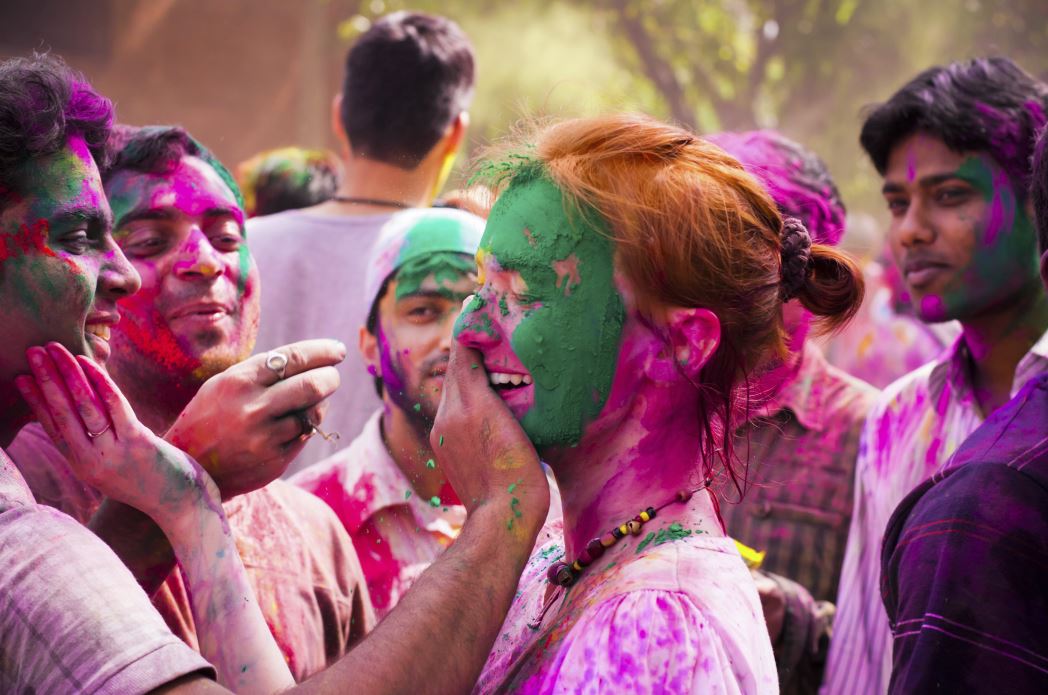
Hiranyakashipu was a king in ancient India who was like a demon. He wanted to take revenge for the death of his younger brother who was killed by Lord Vishnu. So to gain power, the king prayed for years. He was finally granted a boon. But with this Hiranyakashipu started considering himself God and asked his people to worship him like God. The cruel king has a young son named Prahalad, who was a great devotee of Lord Vishnu. Prahalad had never obeyed his father’s order and kept on worshipping Lord Vishnu. The King was so hard-hearted and decided to kill his own son because he refused to worship him. He asked his sister ‘Holika’, who was immune to fire, to sit on a pyre of fire with Prahalad in her lap. Their plan was to burn Prahalad. But their plan did not go through as Prahalad who was reciting the name of Lord Vishnu throughout was safe, but Holika got burnt to ashes. The defeat of Holika signifies the burning of all that is bad. After this, Lord Vishnu killed Hiranyakashipu. But it is actually the death of Holika that is associated with Holi. Because of this, in some states of India like Bihar, a pyre in the form of a bonfire is lit on the day before Holi day to remember the death of evil.

Holi is a spring festival to say goodbye to winters. In some parts, the celebrations are also associated with the spring harvest. Farmers after seeing their stores being refilled with new crops celebrate Holi as a part of their happiness. Because of this, Holi is also known as ‘Vasant Mahotsava’ and ‘Kama Mahotsava’.

Holi is one of the oldest Hindu festivals and it had probably started several centuries before the birth of Christ. Based on this is, Holi is mention in ancient religious books like Jaimini’s Purvamimamsa-Sutras and Kathaka-Grhya-Sutra.

Even the temples of ancient India have sculptures of Holi on the walls. One of these is a temple from the 16th century in Hampi, the capital of Vijayanagar. The temple has many scenes from Holi sculpted on its walls showing princes and princesses along with their maids holding pichkaris to squirt water on royals.
Happy Holi comedy is not so welcome way. Horror comedy...

But how did colors become part of Holi? This dates back to the period of Lord Krishna (reincarnation of Lord Vishnu. It is believed that Lord Krishna used to celebrate Holi with colors and hence popularized the same. He used to play Holi with his friends at Vrindavan and Gokul. They used to play pranks all across the village and thus made this a community event. That is why to date Holi celebrations at Vrindavan are unmatched.
Happy Holi wishes written paper Unburned. Technical expert work

Holi is an ancient festival of India and was originally known as 'Holika'. The festivals find a detailed description in early religious works such as Jaimini's Purvamimamsa-Sutras and Kathaka-Grhya-Sutras. Historians also believe that Holi was celebrated by all Aryans but more so in the Eastern part of India.

It is said that Holi existed several centuries before Christ. However, the meaning of the festival is believed to have changed over the years. Earlier it was a special rite performed by married women for the happiness and well-being of their families and the full moon (Raka) was worshiped.
Above is the video of Rang Panchami being celebrated in full vigor by local citizens.
Happy Holi joke on the street. A good situation created by youngsters.

There are two ways of reckoning a lunar month- 'purnimanta' and 'amanta'. In the former, the first day starts after the full moon; and in the latter, after the new moon. Though the amanta reckoning is more common now, the purnimanta was very much in vogue in the earlier days.
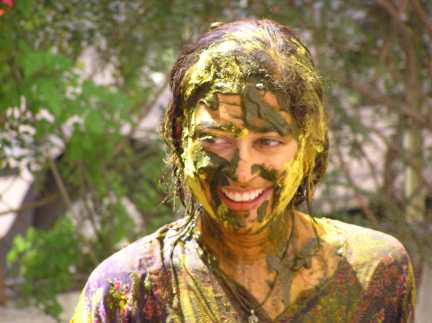
According to this purnimanta reckoning, Phalguna Purnima was the last day of the year and the new year heralding the Vasanta-Ritu (with spring starting from the next day). Thus the full moon festival of Holika gradually became a festival of merrymaking, announcing the commencement of the spring season. This perhaps explains the other names of this festival - Vasanta-Mahotsava and Kama-Mahotsava.
Happy Holi Spiritually addressed the message above
Above is the video of Holi being celebrated at Indore

Besides having a detailed description of the Vedas and Puranas such as Narad Purana and Bhavishya Purana, the festival of Holi finds a mention in Jaimini Mimansa. A stone inscription belonging to 300 BC found at Ramgarh in the province of Vindhya has a mention of Holikotsav on it. King Harsha, too has mentioned about holikotsav in his work Ratnavali that was written during the 7th century.
Holi is celebrated in Mumbai.
Happy Holi... Woman throwing colors on the screen of the video camera.
The famous Muslim tourist - Ulbaruni too has mentioned holikotsav in his historical memories. Other Muslim writers of that period have mentioned, that holikotsav was not only celebrated by the Hindus but also by the Muslims.
Foreigners trapped on a Holiday

The festival of Holi also finds a reference in the sculptures on walls of old temples. A 16th-century panel sculpted in a temple at Hampi, capital of Vijayanagar, shows a joyous scene of Holi. The painting depicts a Prince and his Princess standing amidst maids waiting with syringes or pichkaris to drench the Royal couple in colored water.
Above is the video of Indore city on a Rang Panchami day.
A 16th century Ahmednagar painting is on the theme of Vasanta Ragini - spring song or music. It shows a royal couple sitting on a grand swing, while maidens are playing music and spraying colors with pichkaris. There are a lot of other paintings and murals in the temples of medieval India which provide a pictorial description of Holi. For instance, a Mewar painting (circa 1755) shows the Maharana with his courtiers. While the ruler is bestowing gifts on some people, a merry dance is on, and in the center is a tank filled with colored water. Also, a Bundi miniature shows a king seated on a tusker, and from a balcony above some damsels are showering gulal (colored powders) on him.
A day at Indore during Holi
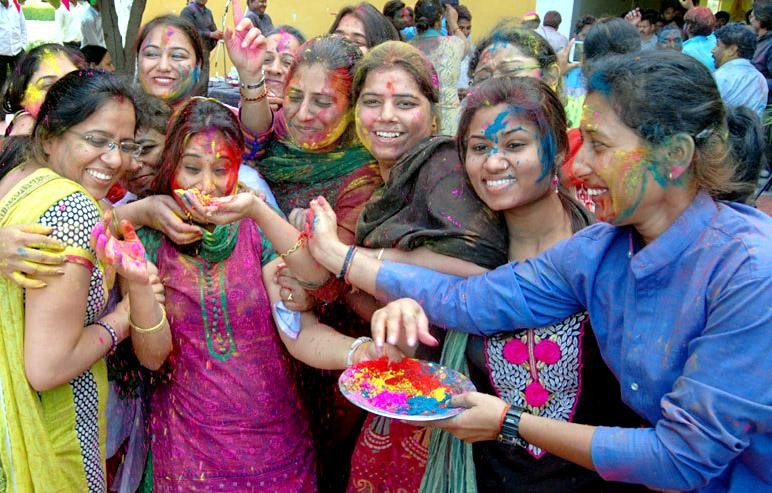
In some parts of India, especially in Bengal and Orissa, Holi Purnima is also celebrated as the birthday of Shri Chaitanya Mahaprabhu (A.D. 1486-1533). However, the literal meaning of the word 'Holi' is 'burning'. There are various legends to explain the meaning of this word, most prominent of all is the legend associated with demon king Hiranyakashyap.
Above is the video of the water fountain holi. Great idea

Hiranyakashyap wanted everybody in his kingdom to worship only him but to his great disappointment, his son, Prahlad became an ardent devotee of Lord Narayana. Hiaranyakashyap commanded his sister, Holika to enter a blazing fire with Prahlad in her lap. Holika had a boon whereby she could enter fire without any damage on herself. However, she was not aware that the boon worked only when she enters the fire alone. As a result, she paid a price for her sinister desires, while Prahlad was saved by the grace of the god for his extreme devotion. The festival, therefore, celebrates the victory of good over evil and also the triumph of devotion.

Legend of Lord Krishna is also associated with play with colors as the Lord started the tradition of play with colors by applying color to his beloved Radha and other Gopis. Gradually, the play gained popularity with the people and became a tradition.

There are also a few other legends associated with the festival - like the legend of Shiva and Kaamadeva and those of Ogress Dhundhi and Pootana. All depict the triumph of good over evil - lending a philosophy to the festival.

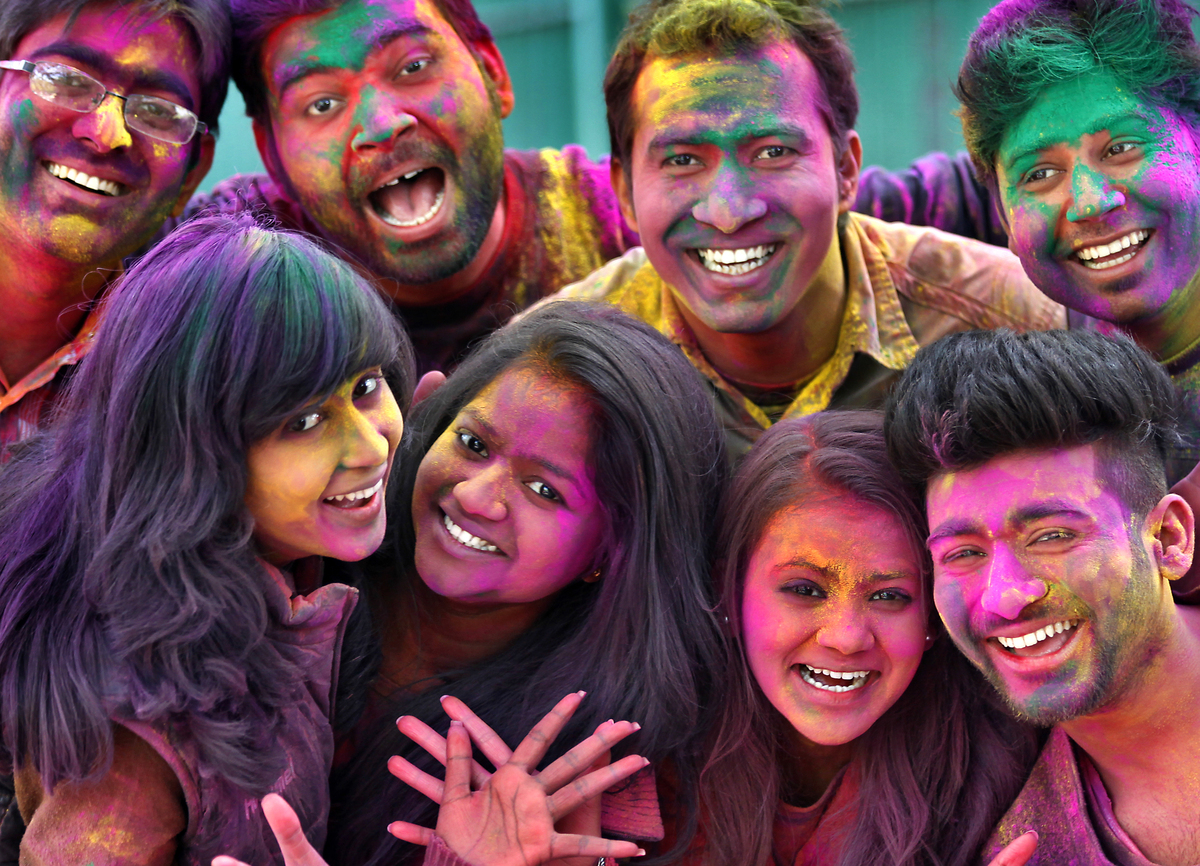



Below is the video of Happy Holi being celebrated at an old age home.
Below is a video of Happy Holi after thrill suspence.
Rang Barse song with cartoon
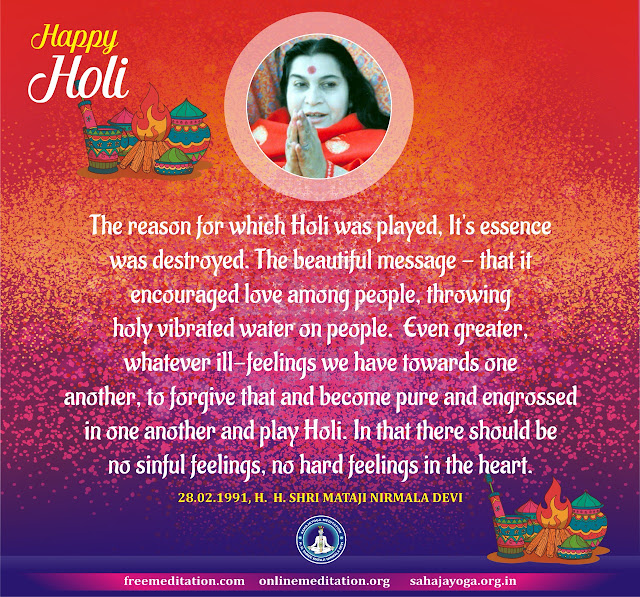



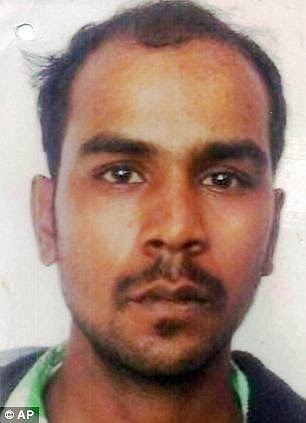


.jpg)




Comments